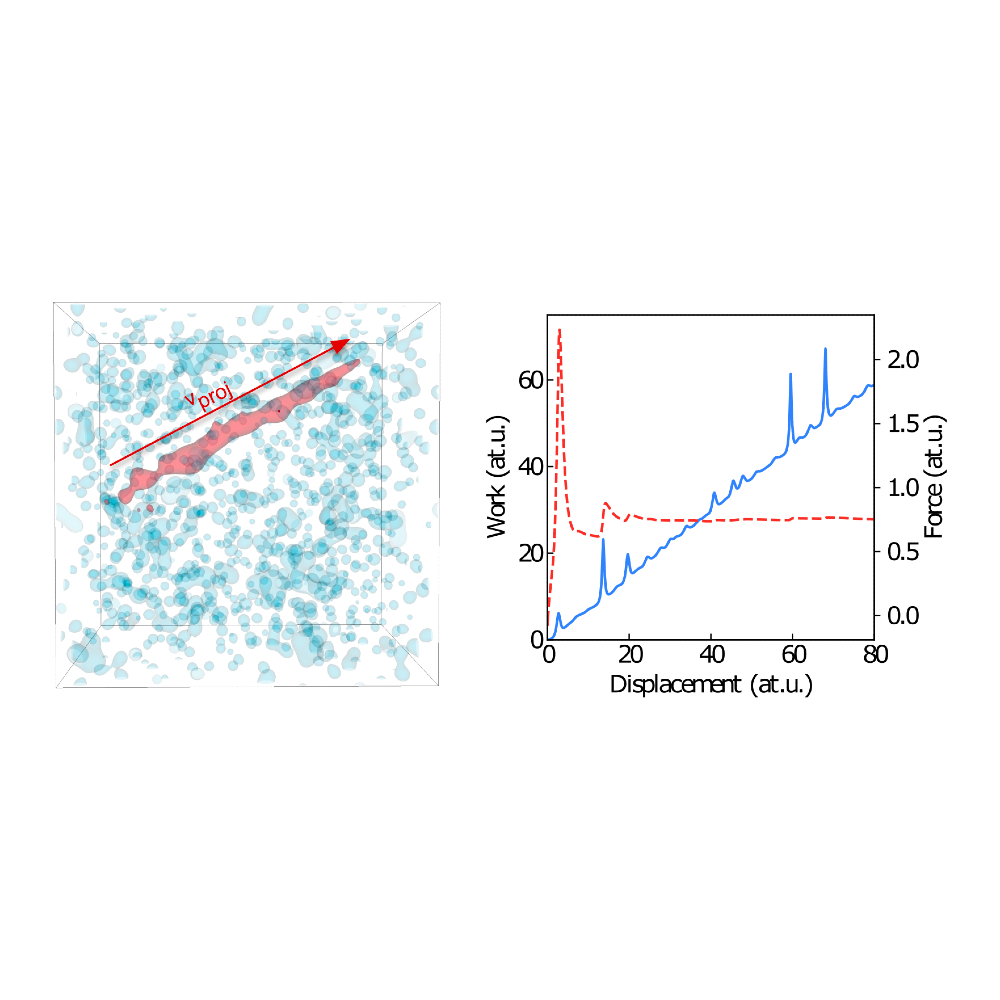
### Quantum-Inspired Efficiency: Rice University’s Novel Strategy to Utilize Waste Heat
In an energy-conscious industrial landscape, a staggering 20-50% of the heat produced during manufacturing processes is left unused. This inefficiency reportedly costs the U.S. economy over $200 billion each year and significantly contributes to global environmental issues. Nevertheless, an innovative breakthrough from researchers at Rice University provides new hope for tackling this challenge.
By applying concepts derived from quantum physics, the researchers have developed an inventive design for thermophotovoltaic (TPV) systems—a technology aimed at transforming heat into electricity. Their cutting-edge thermal emitter, a crucial element in TPV systems, has the potential to revolutionize how waste heat is harnessed across various sectors, paving the way for a more energy-aware future.
—–
### The Process of Transforming Heat into Electricity
Thermophotovoltaic systems function by converting heat into light, which is subsequently converted into electricity by photovoltaic cells. While the concept holds theoretical promise, traditional designs encounter a continuous tradeoff: achieving high efficiency often involves components that are overly intricate or costly for mass deployment, while more practical designs generally experience reduced performance.
The team from Rice University, spearheaded by Gururaj Naik, an associate professor of electrical and computer engineering, confronted this tradeoff directly. Central to their breakthrough is an advanced thermal emitter design—a meticulously crafted structure that provides precise control over how light, or photons, are emitted from heated surfaces.
—–
### An In-Depth Examination of the Quantum-Inspired Design
The emitter created by the team features a tungsten metal sheet overlaid with nanoscale silicon cylinders, with a thin spacer layer between them. This configuration allows for unmatched control of photon behavior, ensuring that the light emitted is effectively captured by photovoltaic cells.
The results are remarkable: their thermal emitter boasts over 60% energy conversion efficiency. Importantly, this design retains real-world feasibility, potentially overcoming a major obstacle for the implementation of TPV systems in industrial and energy-grid contexts.
“Utilizing traditional design methods constrains the design space of the thermal emitter,” Naik clarifies. “What you typically end up with is either practical, low-performance devices or high-performance emitters that are difficult to integrate into real-world situations. Our design addresses these obstacles by fusing efficiency with practicality.”
—–
### Transformative Potential for Industrial and Grid-Scale Energy
The ramifications of this innovation go well beyond individual manufacturing facilities. One major application is thermal energy storage, which could revolutionize renewable energy utilization. By capturing excess solar or wind energy in the form of heat and reconverting it into electricity during low-demand periods, this technology may offer an alternative to lithium-ion batteries for large-scale energy requirements.
Naik highlights the significant advantages for environments needing long-term energy storage. Unlike batteries that deteriorate over time, thermal energy storage systems combined with TPV technology could offer greater longevity and a reduced environmental footprint.
—–
### Exciting Prospects for Space Exploration
The technology also presents fascinating opportunities in severe environments such as outer space. Space missions, including operating rovers on Mars, depend heavily on highly efficient power generation systems. In such cases, incremental improvements in efficiency can dramatically influence mission success.
“If our methodology could elevate efficiency from 2% to 5% in these systems, it would represent a major advantage for missions that require effective power generation in extreme conditions,” Naik notes, referencing his prior collaborations with NASA.
—–
### A Sustainable Outlook for the Future
As industries around the globe face increasing demands to cut carbon emissions while remaining competitive, innovations like Rice University’s quantum-inspired thermal emitter could be essential. By reclaiming energy that would typically be squandered, such advancements may help reconcile sustainability objectives with economic realities.
This innovation not only promises to enhance energy efficiency in today’s industrial processes but also opens up possibilities for groundbreaking applications—from carbon-neutral power grids to autonomous space missions. It seems that discovering novel methods to reclaim and repurpose waste energy will be fundamental to the evolution of future energy policies and technologies.
—–
### Glossary
**Thermophotovoltaic (TPV) Systems**: A technology that transforms heat into electricity by initially turning heat into light, which is then harnessed by photovoltaic cells to generate energy.
**Thermal Emitter**: A critical element in TPV systems responsible for converting heat into light.
**Nanocylinders**: Extremely small cylindrical structures, often in nanometer measurements, that can precisely regulate the emission and control of light in advanced energy systems.
—–
### Summary Quiz
**Q1: What percentage of industrial heat currently goes to waste?**
A: Between 20-50% of industrial heat from manufacturing processes is lost.
**Q2: What efficiency level did the newly developed thermal emitter achieve?**
A: Efficiency levels exceeding 60% while remaining applicable for practical use.
**Q3: What are the